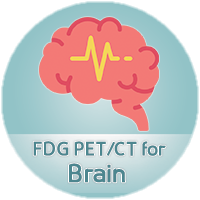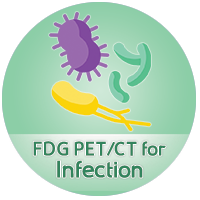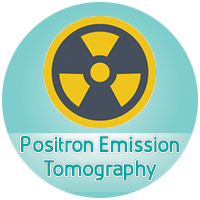FDG PET/CT for Brain (INTER-ICTAL)
Glucose is the main energy supplier of the brain. Therefore the uptake of FDG is high, especially in the cortex, thalamus and striatum. Glucose metabolism in the brain is impaired in many neurological disorders which can therefore be diagnosed with FDG PET-CT. Furthermore FDG-PET can be used to localize the functional deficit zone



